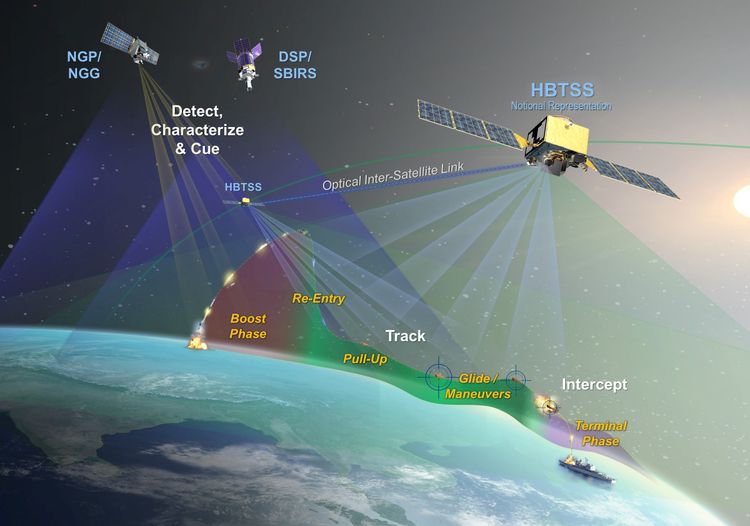Defense Daily
-
Monday, December 1, 2025
- Defense Watch: Ship Assessment, Golden Dome, C-sUAS Summit, NGA Contracts
- Navy Investing In Guns, Pushing For Counter-UAS Mission With HVPs
- 96 AH-64E Apaches For Poland In Nearly $4.7 Billion Award, Boeing Says
- GAO Points To Continued Challenges With Coast Guard’s Offshore Patrol Cutter
- Senate Wants Study of Alternate Heavy and Super Heavy Launch Sites
- Quantum Tech Firm IonQ Invests In, Partners With, Drone Company Heven
-
Monday, December 1, 2025
- Defense Watch: Ship Assessment, Golden Dome, C-sUAS Summit, NGA Contracts
- Navy Investing In Guns, Pushing For Counter-UAS Mission With HVPs
- 96 AH-64E Apaches For Poland In Nearly $4.7 Billion Award, Boeing Says
- GAO Points To Continued Challenges With Coast Guard’s Offshore Patrol Cutter
- Senate Wants Study of Alternate Heavy and Super Heavy Launch Sites
- Quantum Tech Firm IonQ Invests In, Partners With, Drone Company Heven
-
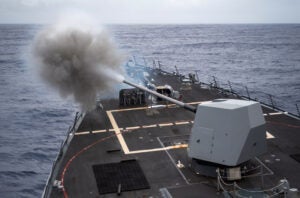 Navy/USMC
Navy/USMCNavy Investing In Guns, Pushing For Counter-UAS Mission With HVPs
Navy program managers this month said the service is starting to put some investment back into naval guns, including as lower cost counter-unmanned aerial systems (UAS) weapons. “The department is […]
-
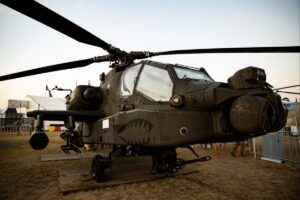 International
International96 AH-64E Apaches For Poland In Nearly $4.7 Billion Award, Boeing Says
Boeing [BA] is to build 96 AH-64E Apache attack helicopters for Poland–the largest number outside of the United States in the program’s history, the company said on Wednesday. Boeing received […]
-
 Homeland Security
Homeland SecurityGAO Points To Continued Challenges With Coast Guard’s Offshore Patrol Cutter
Both shipbuilders constructing the Coast Guard’s future fleet of Offshore Patrol Cutters (OPCs) continue to face challenges with their respective designs, the Government Accountability Office (GAO) reported on Nov. 25, […]
Tagged in: -
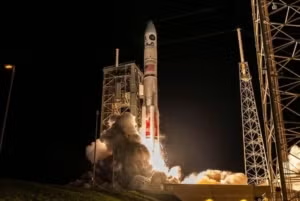 Air Force
Air ForceSenate Wants Study of Alternate Heavy and Super Heavy Launch Sites
Concern has arisen in the military space industry on what the U.S. can do if heavy pad launch sites at Cape Canaveral Space Force Station and Kennedy Space Station, Fla., […]
-
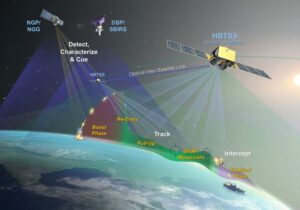 Uncategorized
UncategorizedDefense Watch: Ship Assessment, Golden Dome, C-sUAS Summit, NGA Contracts
Editor’s Note: In observance of the Thanksgiving holiday, Defense Daily will not publish on November 27 and 28. Navy Battle Force. In the wake of the Secretary of the Navy’s […]
-
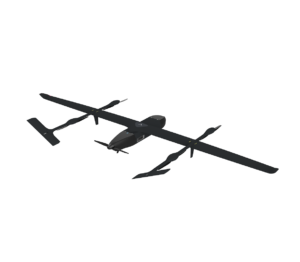 Unmanned Systems
Unmanned SystemsQuantum Tech Firm IonQ Invests In, Partners With, Drone Company Heven
IonQ [ONQ] this week said it has made a financial investment in hydrogen-powered drone developer Heven AeroTech, part of a new strategic partnership between the companies to bring quantum technology […]
Tagged in: -
Wednesday, November 26, 2025
- Navy Cancels Constellation-Class Frigate, Will Only Retain Two Under Construction
- Boeing Gets More Than $7 Billion in Pentagon Awards For Army Apache And USAF KC-46s
- Recent C-UAS Exercises Demonstrate Advances In Lowering Costs, Rapid Testing With Industry, Army Officials Say
- Fincantieri Details Navy Partnership As Frigates Cancelled
- USAF Sustainment Of Intel Support Program For U-2 To Stretch Through Next October
- As USAF Considers When to Hold First Sentinel Flight Test, Lockheed Martin Receives Add-On for Mk21A
- BlackSky Says Third Gen-3 Satellite Produced Images Less Than 24 Hours After Launch
- VTG Acquires Software Engineering Firm Miklos Systems
- Amentum Sees Growth In Latest Quarter Due To Nuclear, Space Contracts
-
Wednesday, November 26, 2025
- Navy Cancels Constellation-Class Frigate, Will Only Retain Two Under Construction
- Boeing Gets More Than $7 Billion in Pentagon Awards For Army Apache And USAF KC-46s
- Recent C-UAS Exercises Demonstrate Advances In Lowering Costs, Rapid Testing With Industry, Army Officials Say
- Fincantieri Details Navy Partnership As Frigates Cancelled
- USAF Sustainment Of Intel Support Program For U-2 To Stretch Through Next October
- As USAF Considers When to Hold First Sentinel Flight Test, Lockheed Martin Receives Add-On for Mk21A
- BlackSky Says Third Gen-3 Satellite Produced Images Less Than 24 Hours After Launch
- VTG Acquires Software Engineering Firm Miklos Systems
- Amentum Sees Growth In Latest Quarter Due To Nuclear, Space Contracts

